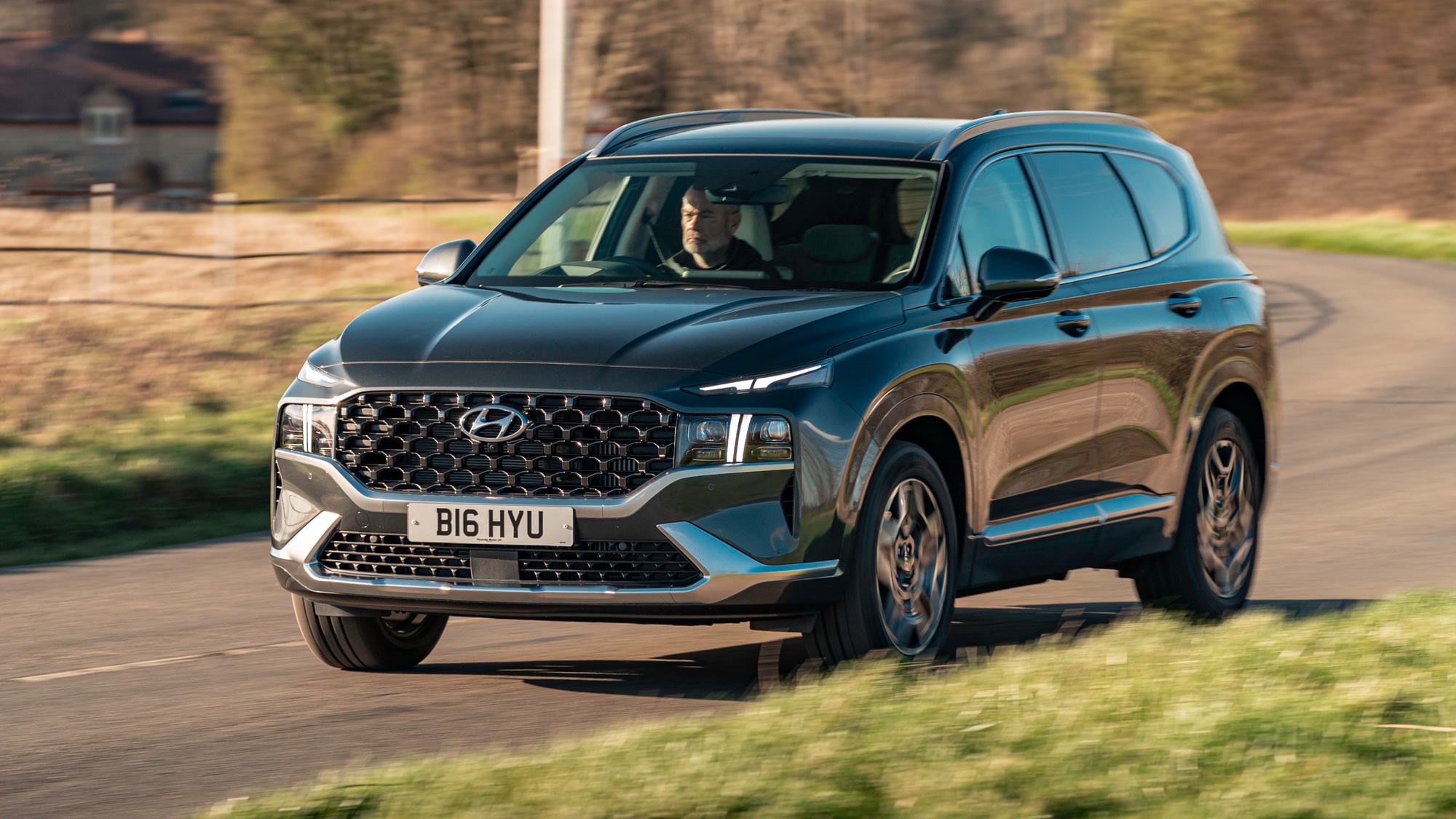Introduction
Alternative fuel vehicles are becoming more prevalent in the market, but their use is limited by the availability of infrastructure. The Clean Cities program commissioned a study to examine the feasibility of alternative fuel vehicle infrastructure and fleets. Analysis includes considerations for each major alternative fuel type, including ethanol-blended fuels, compressed natural gas (CNG), liquefied natural gas (LNG) and hydrogen as well as electric vehicles (EVs). The study also examines whether these alternatives can be used in current passenger vehicles or if heavy-duty trucking is needed to facilitate widespread adoption.
Background
Alternative fuel vehicles are becoming more prevalent, but their use is limited by the availability of infrastructure. The Clean Cities program commissioned a study to examine the feasibility of alternative fuel vehicle infrastructure and fleets. This paper describes efforts undertaken to assess the economic viability of AFV operations, including their impact on business planning decisions at private firms and public agencies throughout the U.S., as well as factors affecting demand for those services in various applications.
Alternative fuel vehicles are becoming more prevalent in the market, but their use is limited by the availability of infrastructure.
Alternative fuel vehicles are becoming more prevalent in the market, but their use is limited by the availability of infrastructure. The Clean Cities program commissioned a study to examine the feasibility of alternative fuel vehicle infrastructure and fleets.
The report concluded that there are several factors that must be considered when planning for future needs:
- Alternative fuels have different characteristics than traditional fuels, so they require different refueling stations. For example, LNG requires high pressure and cryogenic storage tanks while CNG requires dedicated compressors or compressors on-site at existing fueling stations.
- In order to determine what type of refueling stations will be needed where, it’s necessary to know how many vehicles will be using them over time and how often those vehicles will need to recharge or swap out their tanks with new ones filled up with either LNG/CNG blends or pure hydrogen (H2).
The Clean Cities program commissioned a study to examine the feasibility of alternative fuel vehicle infrastructure and fleets.
The Clean Cities program is a voluntary partnership between the U.S. Department of Energy and state, local and tribal governments. It works to reduce petroleum consumption in the transportation sector, increase domestic production of renewable fuels, improve air quality and reduce greenhouse gas emissions through initiatives such as:
- Developing alternative fuel infrastructure (i.e., fueling stations)
- Encouraging fleets to use alternative fuels or vehicles that run on them (i.e., electric cars)
Analysis includes considerations for each major alternative fuel type, including ethanol-blended fuels, compressed natural gas (CNG), liquefied natural gas (LNG) and hydrogen as well as electric vehicles (EVs).
- Ethanol-blended fuels are the most widely used alternative fuel in the US, and they work in any vehicle that can run on conventional gasoline. However, ethanol has lower energy density than regular gasoline; therefore, vehicles that run on E85 must use larger fuel tanks to carry enough liquid to travel the same distance as a conventional vehicle would with regular gasoline.
- Compressed natural gas (CNG) is a clean burning alternative to diesel and gasoline but it is more expensive than other options like E85 or LNG because of its high production costs compared with other alternative fuels like hydrogen or electricity from solar panels on your roof at home
The study also examines whether these alternatives can be used in current passenger vehicles or if heavy-duty trucking is needed to facilitate widespread adoption.
The study also examines whether these alternatives can be used in current passenger vehicles or if heavy-duty trucking is needed to facilitate widespread adoption.
The Clean Cities program commissioned a study to examine the feasibility of alternative fuel vehicle infrastructure and fleets, with a focus on identifying barriers and opportunities for deployment.
There are many considerations for building out a network of alternative fuel stations across the U.S., including cost, demand and ease of use
There are many considerations for building out a network of alternative fuel stations across the U.S., including cost, demand and ease of use.
- Cost: The cost to build out a network depends on the number of stations you want to have and their locations. If you’re trying to cover all 50 states with electric vehicle charging stations, it’s going to cost more than if you just want one or two along major highways in each state.
- Demand: If there aren’t enough drivers that need these services, then it doesn’t make sense to spend money on building them out as they won’t be used much (and therefore won’t generate revenue). On the other hand if there is high demand then there may not be enough capacity in certain areas which could result in long wait times at some locations while others remain empty because they don’t offer what someone needs right now!
Conclusion
The Clean Cities program commissioned a study to examine the feasibility of alternative fuel vehicle infrastructure and fleets. The analysis includes considerations for each major alternative fuel type, including ethanol-blended fuels, compressed natural gas (CNG), liquefied natural gas (LNG) and hydrogen as well as electric vehicles (EVs). The study also examines whether these alternatives can be used in current passenger vehicles or if heavy-duty trucking is needed to facilitate widespread adoption.



More Stories
Top Hybrid Cars for Families
Carbon-Neutral Business Models With Alternative Fuel Vehicle Infrastructure & Fleets
How The Alternative Fuel Vehicle Infrastructure Has Evolved